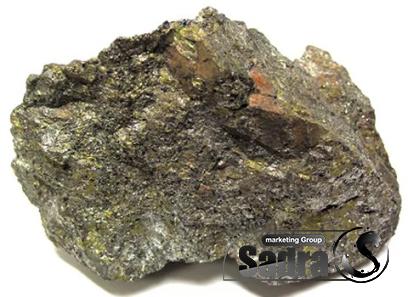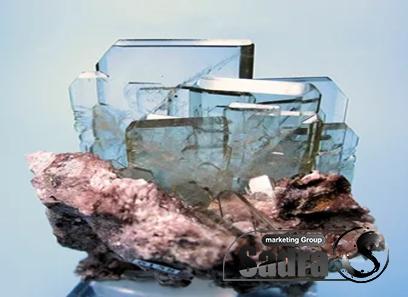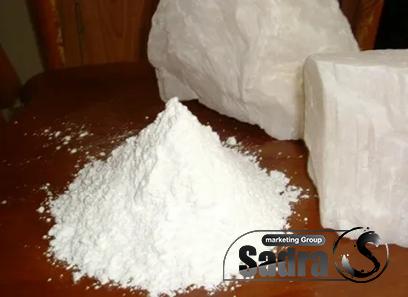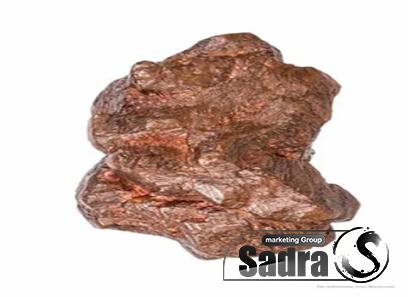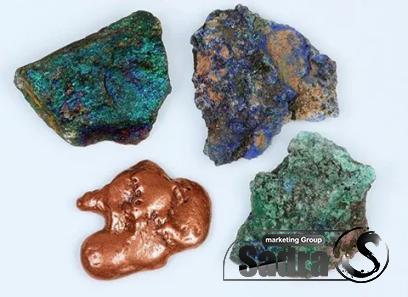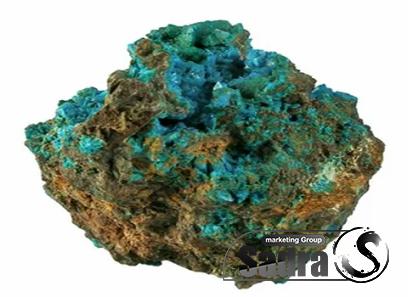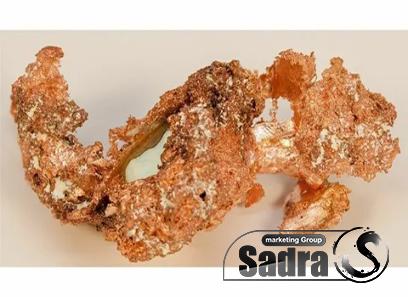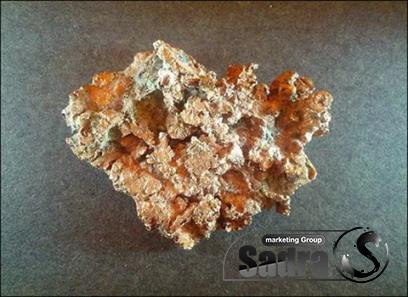Buy Bituminous Surfing Dressing + great price
Bituminous Surface dressing can be a basic, highly effective, and extremely cost-effective way of treating the road surface if the job is planned and executed with adequate care
There are many types of this dressing with different specifications that are thoroughly explained in this article
This technique is applied not only for the surfacing of roads with moderate to light traffic but also for the maintenance of roads of all types throughout the world
The surface of the road is coated with a thin layer of binder, which is frequently bitumen or tar, followed by a layer of stone chips
This practice is referred to as surface dressing
The binder’s thin coating acts as a watertight membrane, preventing surface water from infiltrating the road construction beneath it
Stone fragments form a strong, slip-resistant, and dust-free wearing surface
Due to the stone chippings, this surface is protected from damage caused by vehicle tires
In some instances, it may be necessary to repeat the process to produce double or even triple layers of chippings
Surface dressing is a highly effective maintenance operation that, if applied at the right time, can greatly extend the life of a structurally sound road surface
However, this is only true if the process is initiated at the optimal moment
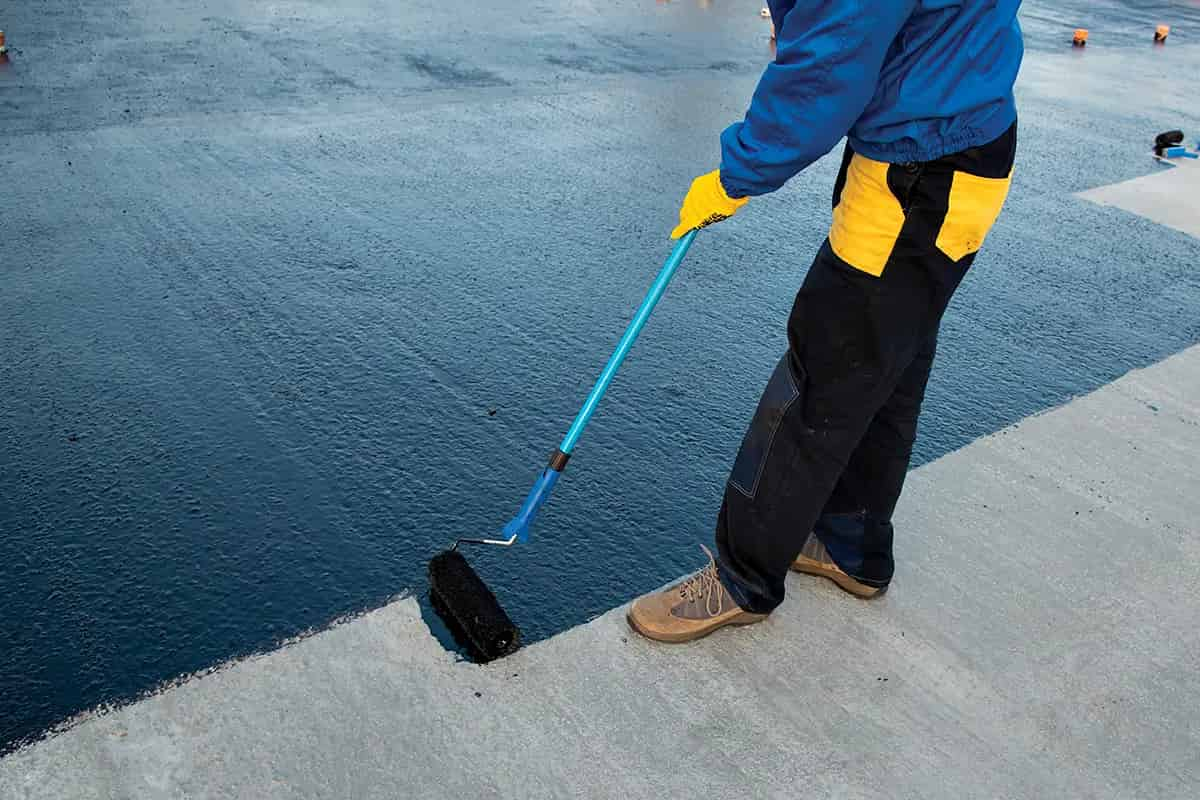
Under some conditions, the use of a surface dressing can slow the rate of structurally insufficient road pavement failure
This is achieved by keeping water from entering the pavement layers and subgrade, preserving the natural strength of these components
in addition to its role in maintenance, Surface dressing can give newly constructed roadway pavements with an efficient and cost-effective running surface
Existing roads with a bituminous surface and carrying more than 1,000 vehicles per lane per day were efficiently resurfaced using a combination of surface treatments
New roadbeds are better suited for traffic flows of up to 500 cars per lane per day, but this can be increased if the road base is particularly stable or if a triple seal is applied
A professionally designed and manufactured surface dressing should last at least 5 years before resealing with another surface dressing is required
When the time comes, a bituminous overlay can be put over the original surface dressing if increased traffic volume over time necessitates a more substantial surface or an increase in pavement thickness
This is possible if the need arises
Since the adhesion of the chippings to the road surface is the most essential factor in determining the success of a surface dressing, the technique for applying a surface dressing demands that both the chippings and the road surface be dust-free and clean
Numerous issues, including incorrect specifications, inadequate materials, and shoddy craftsmanship, can dramatically reduce the usable life of a surface dressing
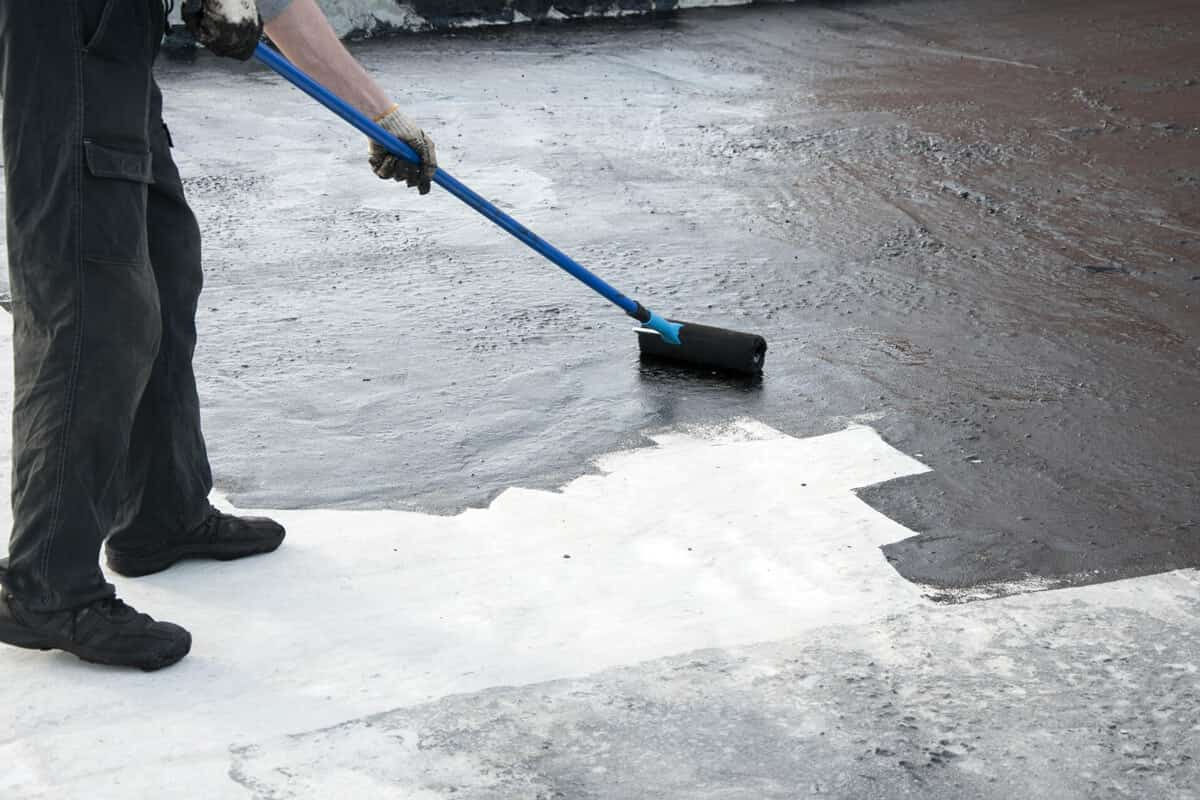
There are numerous ways to construct surface dressings, depending on the peculiarities of the region
Single surface dressing When applied as a maintenance operation to an existing bituminous road surface, a single surface dressing can fulfill the requirements of a maintenance re-seal, such as waterproofing the road surface, preventing deterioration, and restoring skid resistance
This is achievable due to the fact that a single surface treatment can complete the requirements for maintenance reseal
Because there is a chance that the bitumen film will not offer complete coverage, a single surface dressing is often not applied to a brand-new road base
Furthermore, it is of the utmost importance to limit the frequency of future maintenance as much as possible; hence, a double dressing should be noticeably more durable than a single dressing
A “racked-in dressing” is allowed for use on a newly constructed road base with a tightly knit surface due to the stronger binder coatings utilized with this type of single dressing
This is due to the manner in which the dressing is applied
Double surface dressing It is suggested to use double surface dressings when surface dressing a new road base since they are durable
Existing bituminous road surfaces require an additional “cover” layer due to their condition (e
g
, when the surface is slightly cracked or patched)
There is a requirement to reduce the frequency of maintenance and resealing processes while simultaneously maximizing the product’s durability
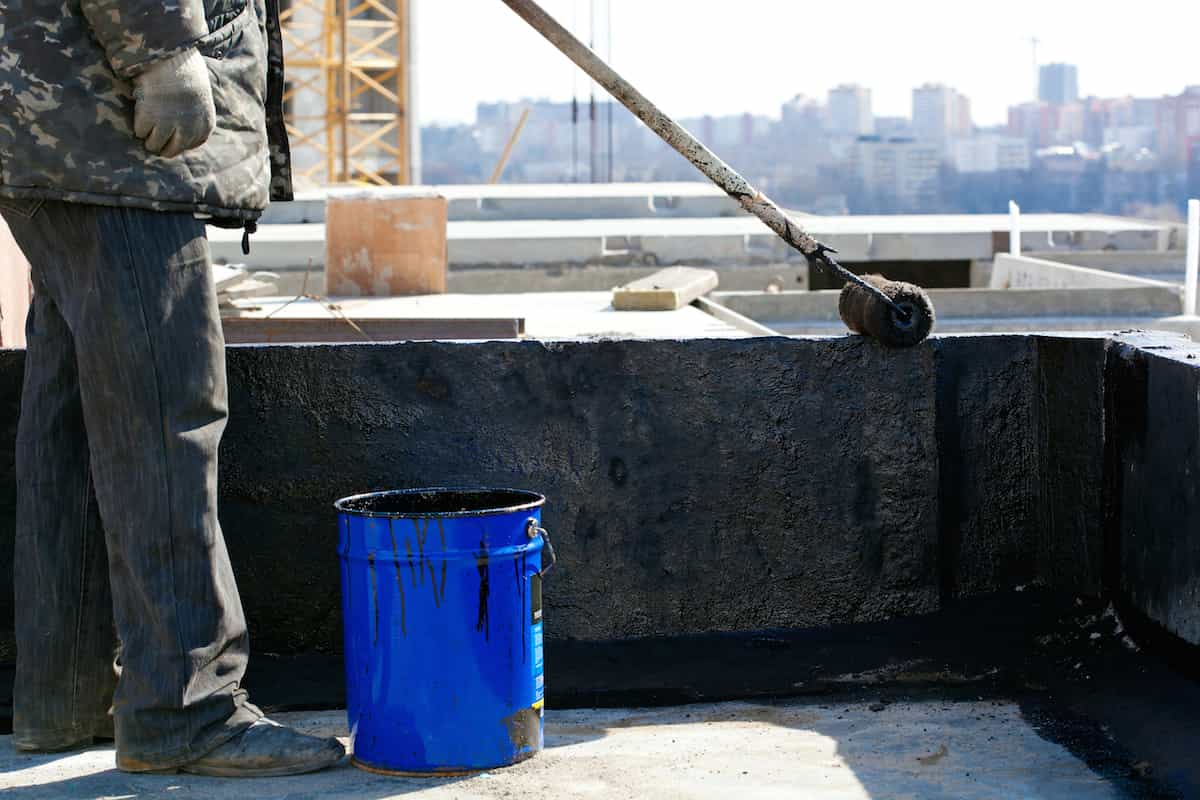
Prior to applying the second surface dressing, allowing traffic to run over the first dressing for at least two to three weeks (and preferably longer) will considerably improve the quality of a double surface dressing
This will considerably enhance the double surface dressing
As a result, the chippings from the first treatment can form a stable interlocking mosaic that provides a solid foundation for the second treatment
However, during this time period, the surface may become contaminated with dirt or soil as a result of traffic or animals
To prepare the surface for the application of the second treatment, it must be thoroughly cleaned
Such cleaning can be challenging at times, and early application of the second seal to prevent such contamination may produce a superior outcome
Because the seal is intended to prevent such contamination, this is the case
Sand is occasionally used instead of chippings for the second treatment since it is easier to deal with
Even though it cannot add to the overall thickness of the surface, the combination of binder and sand provides a useful grouting medium for the chippings of the first seal, which helps to hold them in place more securely when they are poorly shaped, and provides a useful grouting medium for the chippings of the first seal
A slurry seal is another technique for performing the same task
Triple surface dressing The application of triple surface treatment may be advantageous when it is anticipated that a new road would have to accommodate high traffic volumes from the outset
The addition of more binders will extend the maintenance-free period of the service, and the use of small chips in the third seal will reduce the amount of noise generated by passing vehicles
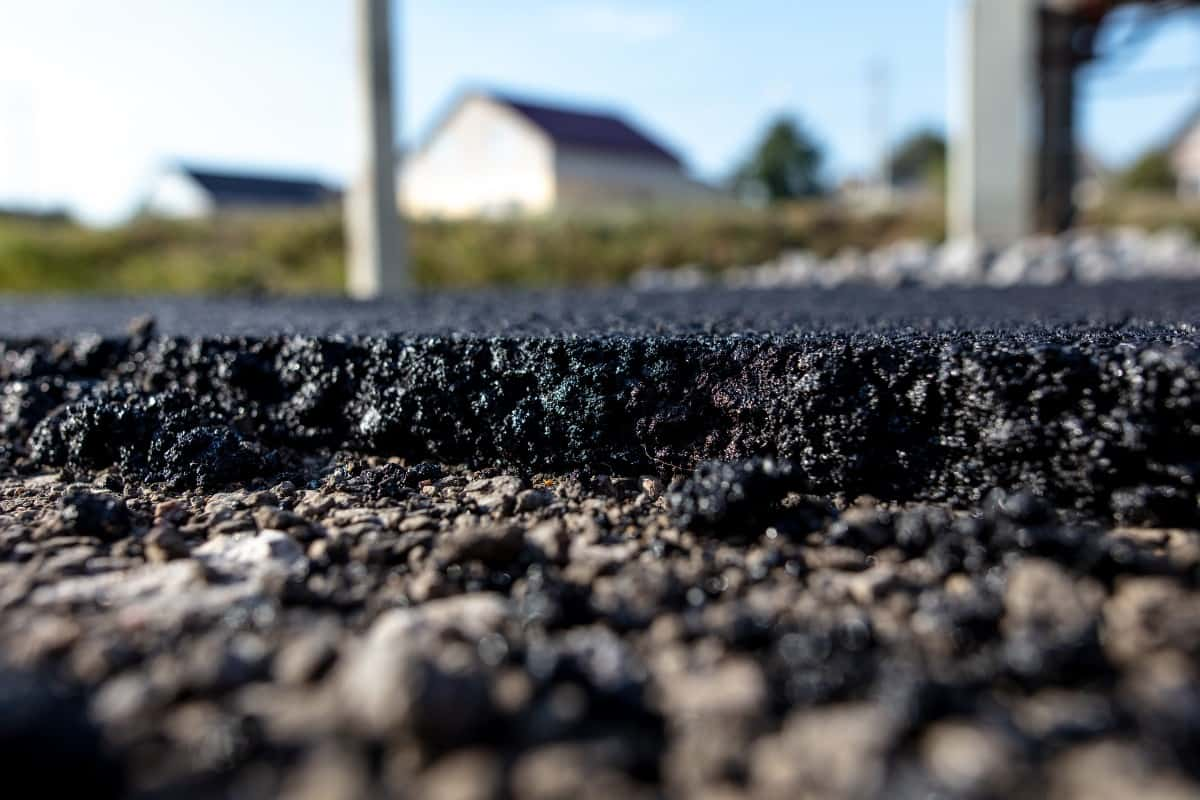
Racked-in surface dressing It is recommended that this method be applied in regions with particularly heavy or rapid traffic
After applying a sufficient quantity of binder in a single layer and spreading a layer of large chippings, approximately 90 percent coverage is accomplished
Immediate after the preceding process is the application of micro chippings, which are meant to “seal in” the larger aggregate and create a stable mosaic
The quantity of bitumen utilized is greater than that required for a single seal but less than that required for a double seal
Using racked-in surface dressing lowers the risk of large chippings becoming dislodged, enhances early stability by creating a good mechanical interlock, and produces a surface with a pleasant feel
Other forms of surface dressings include “sandwich” surface dressings, which are applied largely on existing binder-rich surfaces and occasionally on slopes to prevent the binder from running down the hill
When the hardness of the existing road surface does not allow for extensive embedding of the first layer of chippings, such as on a recently constructed cement-stabilized base course or a dense crushed rock base, “pad coatings” are used as an alternative
The first layer of the dressing should consist of nominal 6mm chippings so that it adheres well to the hard surface and provides a “key” for the second layer, which should consist of 10mm or 14mm chippings
For more information on bitumen and other bituminous materials used in road construction, feel free to contact us
